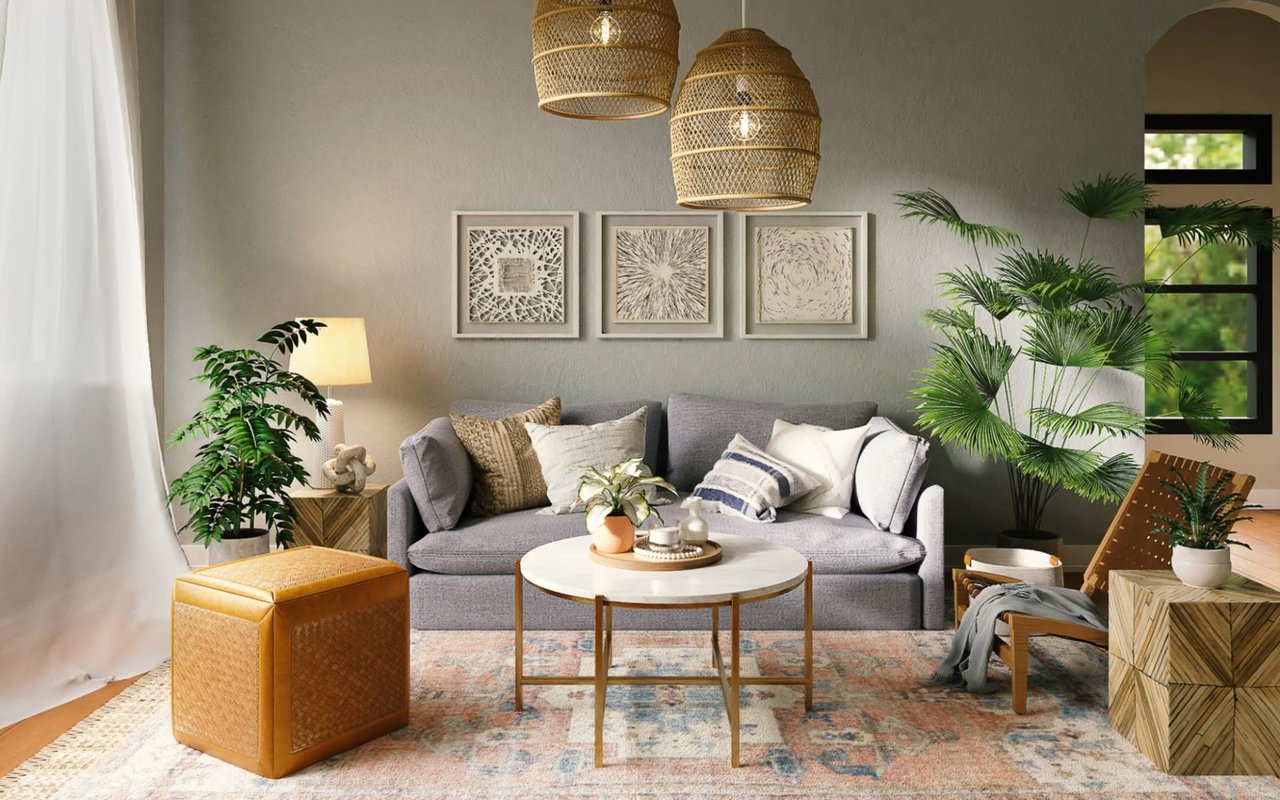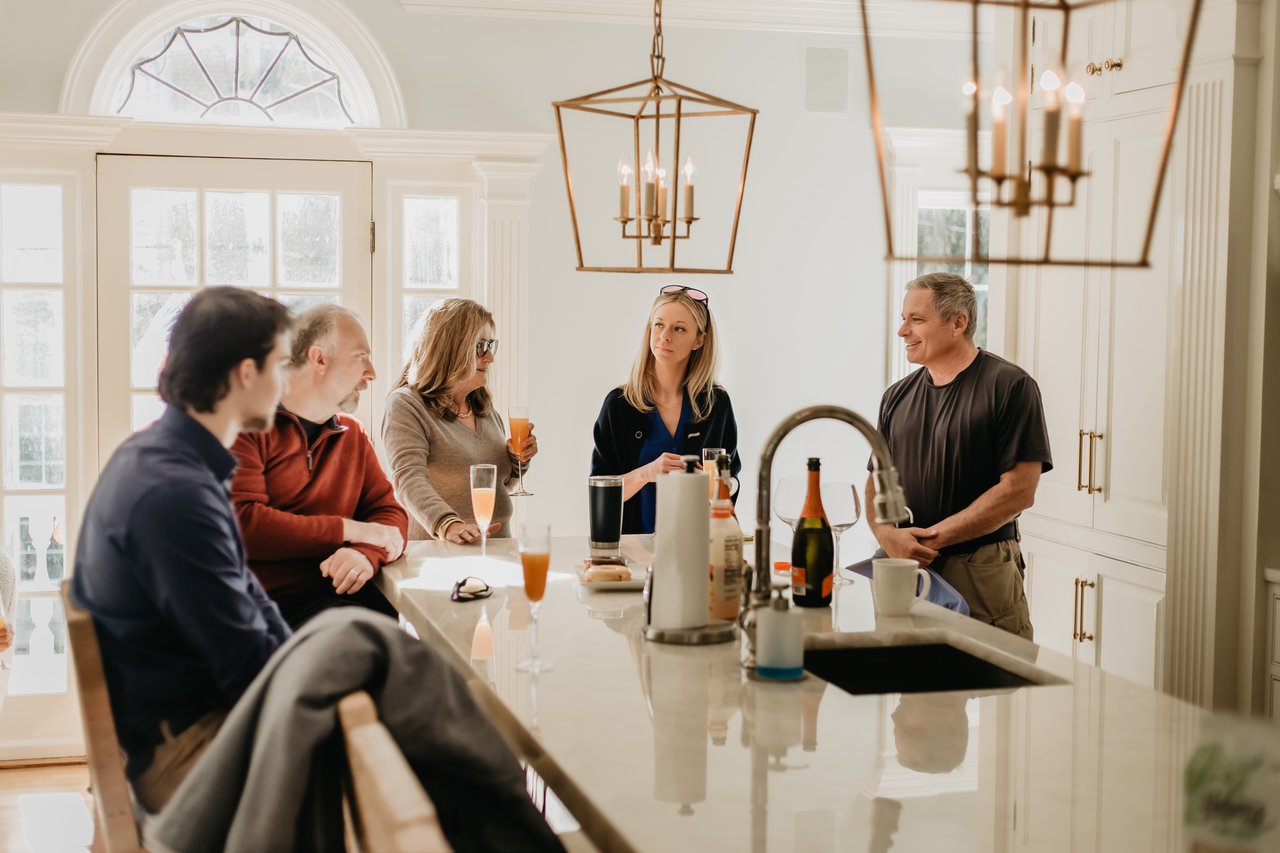Color is not just a visual experience; it has the power to evoke emotions, alter perceptions, and transform spaces. When it comes to painting a room, selecting the right tones can make all the difference in creating an atmosphere that suits your style and enhances the functionality of the space. Understanding the science behind color psychology and design principles is essential for making informed decisions. In this guide,
Edge Realty will delve into the intricacies of color selection, offering practical tips on how to choose colors for a room that align with your vision and purpose.
The Importance of Color Psychology
Before diving into the world of paint swatches and color wheels, it's crucial to grasp the fundamentals of color psychology. Different hues have the ability to elicit specific emotions and moods, influencing our perception of a space. Warm tones like reds, oranges, and yellows can energize and create a sense of warmth and intimacy, making them ideal for gathering areas like living rooms and dining spaces. On the other hand, cool tones such as blues, greens, and purples have a calming effect, perfect for bedrooms and home offices where relaxation and concentration are paramount.
Understanding the Role of Light
Lighting plays a significant role in how colors appear within a room. Natural light can vary throughout the day, casting different tones on walls and furnishings. It's essential to consider how a color will look under both natural and artificial lighting conditions. Rooms with ample natural light can accommodate a broader range of colors, while spaces with limited light may benefit from lighter hues to prevent them from feeling enclosed or gloomy. Experimenting with paint samples in various lighting conditions can help ensure the desired effect is achieved.
Harmonizing with Existing Elements
When selecting paint colors, it's essential to consider existing elements within the room, such as furniture, flooring, and architectural features. Harmonizing these elements with the chosen color palette can create a cohesive and visually pleasing space. For example, if the room features dark hardwood floors, opting for lighter wall colors can provide contrast and balance. Similarly, coordinating accent colors with existing decor can tie the room together, creating a harmonious ambiance.
Utilizing the Color Wheel
The color wheel is a valuable tool for understanding color relationships and creating harmonious schemes. Complementary colors, which sit opposite each other on the wheel, can create striking contrasts when used together. Analogous colors, found adjacent to each other, offer a more subtle and cohesive palette. Triadic and tetradic schemes provide further options for incorporating multiple colors while maintaining balance and visual interest. Experimenting with different color combinations on a small scale can help determine the most suitable scheme for your space.
Considering the Room's Purpose
The function of a room should influence color choices to create an environment conducive to its intended use. For instance, vibrant, stimulating colors may be suitable for a playroom or home gym, encouraging activity and energy. In contrast, tranquil, neutral tones can promote relaxation and concentration in a bedroom or study. Considering how the room will be used and the desired atmosphere can guide color selection toward achieving the desired effect.
Testing with Paint Samples
Choosing the perfect paint color can be challenging, given the myriad options available. Fortunately, most paint stores offer sample-sized containers, allowing homeowners to test colors on their walls before committing to a full paint job. Applying samples to different walls and observing how they look throughout the day can provide valuable insights into how a color will interact with the space. Additionally, considering how the color complements furnishings and decor can help ensure a cohesive and visually pleasing result.
Seeking Professional Advice
While selecting paint colors can be a rewarding DIY endeavor, sometimes it's beneficial to enlist the expertise of a professional. Interior designers and color consultants possess valuable knowledge and experience in creating cohesive color palettes that suit your style and preferences. They can offer insights on color psychology, lighting considerations, and design trends, helping you make informed decisions that enhance your home's aesthetic appeal.
Elevate Your Home's Appeal with Edge Realty
Choosing paint colors for a room involves a careful balance of science and art. By understanding color psychology, considering lighting and existing elements, and experimenting with different schemes, homeowners can create spaces that are both visually appealing and functional. Whether opting for bold statement hues or soothing neutrals, the key is to select colors that reflect your personality and lifestyle while creating a harmonious and inviting atmosphere. With a bit of research and experimentation, anyone can master the science of color and transform their living spaces into havens of style and comfort.
Ready to transform your living space into a showcase of style and sophistication and make a splashy sale? Trust
Edge Realty will guide you through the process of enhancing your home's appeal and putting it on the market in Narragansett and beyond. Our team of experienced real estate professionals is here to help. Contact us today to discover how to elevate your property's marketability and captivate potential buyers.










